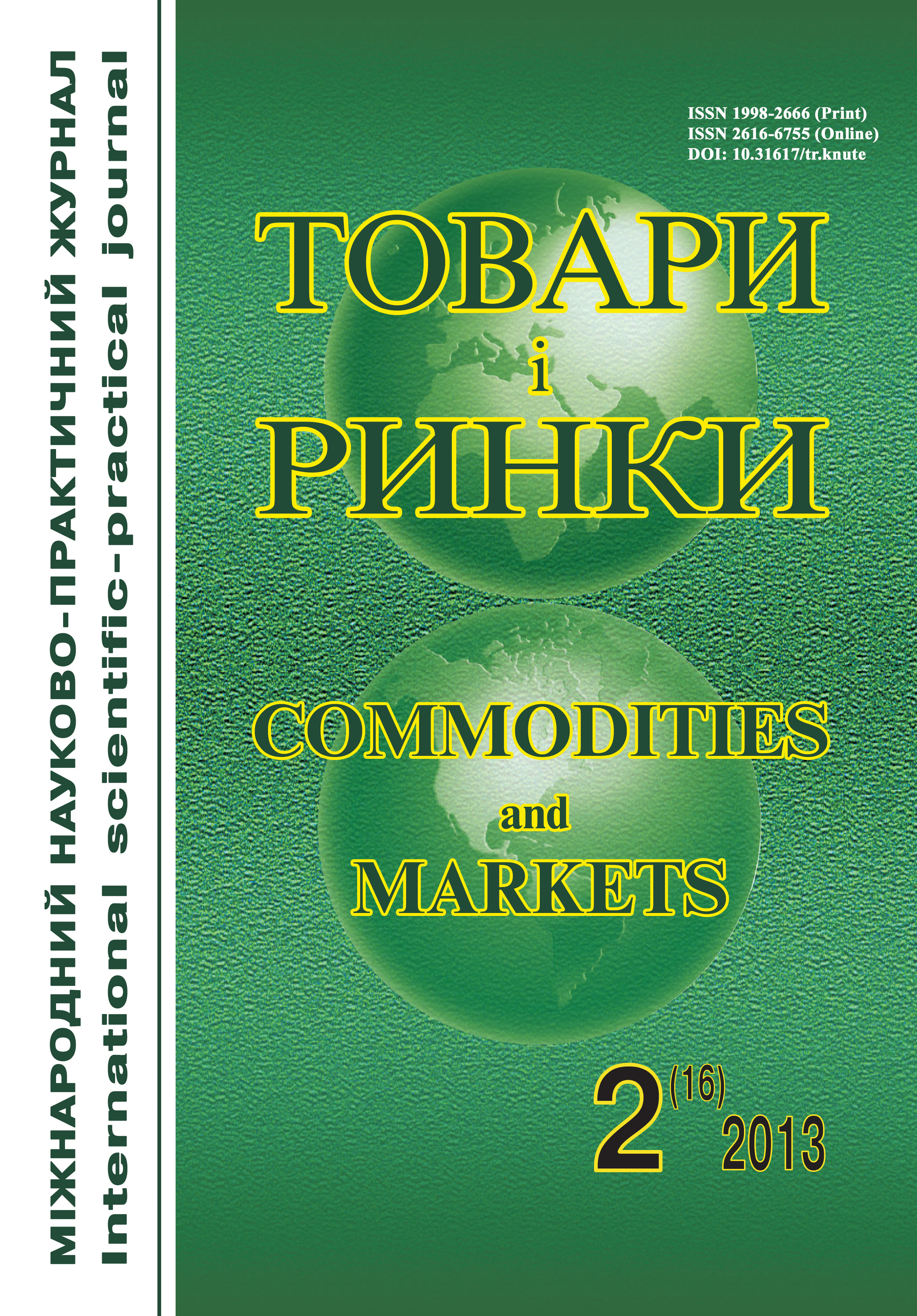Use of silicone compounds for repelling of non-metallic materials
Keywords:
organosilicon compounds, hydrophobicity, water absorption, the contact angleAbstract
Background. Natural stone is widely used in construction. Constant contact of the surface with aggressive environmental factors causes a gradual deterioration of performance and decorative properties due to corrosion processes. The solution of this problem is possible by the use in materials and structures of the polymers which are resistant to environmental factors and chemically aggressive agents. Purpose – to assess the efficacy of silicone compounds for the treatment of non-metallic materials.
Material and methods. Composites based on a mixture of portland cement and dispersed lime, limestone, sandstone and tuff, that appear when the natural stone is saw, were used as the mineral matrix. Evaluation of the efficacy of use of silicone products for water-repellency treatment of porous natural stone was carried by the following criteria: the optimal concentration, increasing water-repellent surface properties (the contact angle) and material in general (water and moisture absorption).
Results. It is established that in the case of use of water-soluble silicon compounds maximum contact angles are up to 80–91 ° in the concentration range 0.1–5.0 wt. %. Further increasing of the silicone content compounds causes to the appearance of water on the surface water. The use of all other silicone compounds enables to provide a slightly higher surface hydrophobicity (contact angles are within 94–106 °) in the concentration range up to 15.0 wt. %. Aqueous emulsions provide a relatively smaller hydrophobicity. Repellent effect was non-observed during the application of ethylsilicate hydrolyzate.
Conclusion. While using silicone compounds for the treatment of non-metallic materials no significant difference in the hydrophobicity of the surface of mineral substrates has been detected. The optimum concentration of silicon compounds for maximum effect repellency is set.
References
Kalchuk S. Investigation of the influence of aggressive environment to change the color saturation surface decorative stone / S. V. Kalchuk, A. Kamsky, S. Chehuta // Bulletin ZSTU, 2009, No 1 ( 48). — P. 196—201.
Muhametrahymov B. C. Effect Study kremnyyorhanycheskyh compounds on properties fybrotsementnыh plates / B. C. Muhametrahymov V. S. Yzotov // Proceedings KHASU, 2011. — No 4 (18). — P. 254—258.
Demydchuk L.B. Comprehensive assessment of the performance properties of protective coatings of building construction materials. // Scientific Bulletin of National Forestry University of Ukraine, 2012. — No 22.3. — P. 118—122.
Demydchuk L. B. Ways to improve the durability of concrete structures hydrophobic protective coatings / L. B. Demydchuk, M. Hyvlyud, B. Fedun // commodity Gazette, 2012. — No 5. — P. 51—56.
Zascita stroitel designs from korrozyy : SNIP 2.03.11 — 85. — Moscow: Stroiizdat, 1986. — 48 p.
Zymon N. D. Adhesion fluid smachyvanye N. D. Zymon. — Moscow: Chemistry, 1974. — 413 p.
SSU.2.7—42—97. Methods for determining the density of water absorption and frost resistance of building materials and products. — K. [Effective as of 1997—07—01]. — Derzhkommistobuduvannya Ukraine, 1997. — 65 p.



